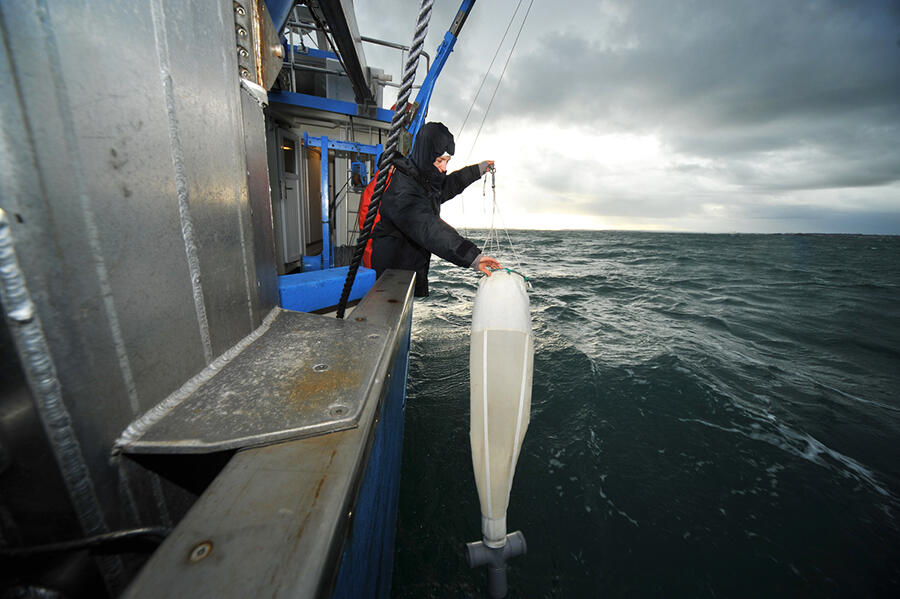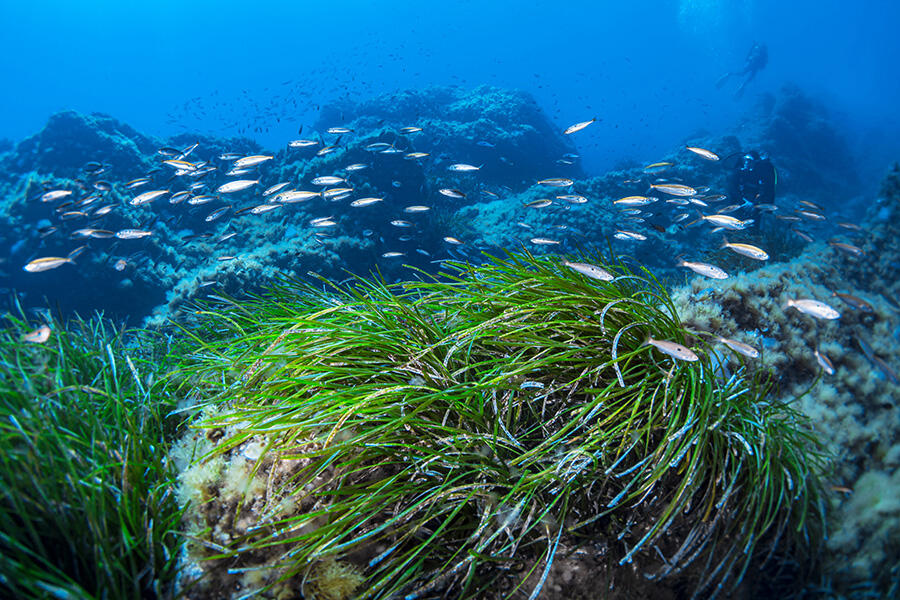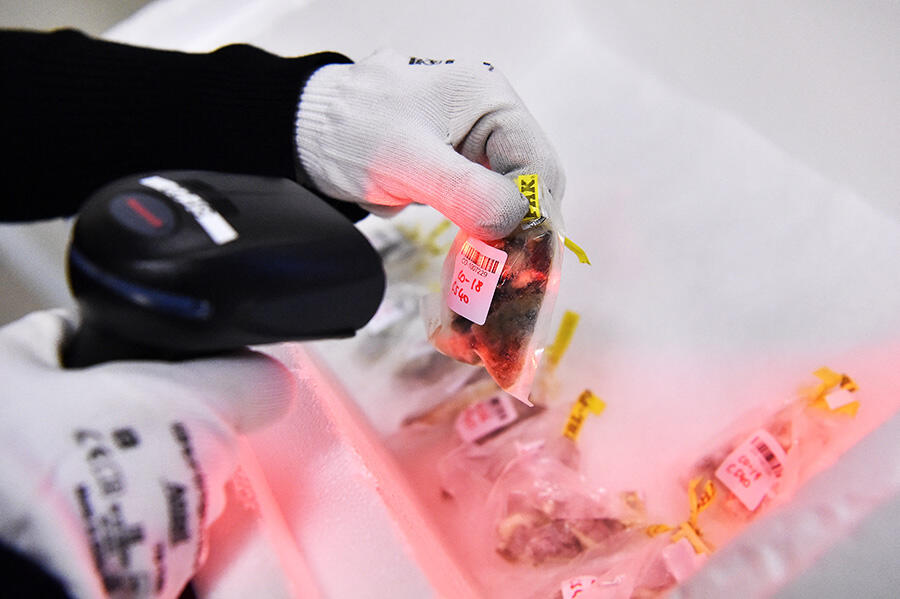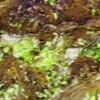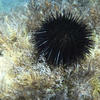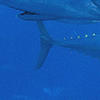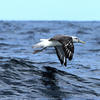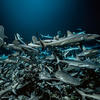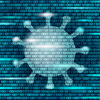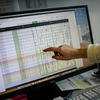You are here
Unlocking the secrets of marine genomes

The port of Leucate, located just a stone's throw away from the southern French city of Narbonne, is currently playing host to a rather unusual group of seafarers: around a hundred scientists with a single aim, that of unlocking the secrets of France's marine diversity and, more specifically, of its genetic material. “Unlike terrestrial biodiversity, marine biodiversity is still poorly understood,” explains Hugues Roest Crollius, a researcher at the IBENS1 and co-director of the ATLASea2 research programme. “That's why we've decided to sample as many species as possible, not only along the French coast, but also further offshore.”
Sequencing the entire genomes of some 4,500 species
The goal is not to carry out an exhaustive inventory of the marine species present in France's exclusive economic zone, or EEZ, (which extends out 200 nautical miles), although the ATLASea scientists don't rule out the possibility of discovering new types of crustaceans, algae and fish over the course of the dozen or more oceanographic campaigns planned from now until 2029. “Documenting all the species present in French waters is primarily the job of the French National Museum of Natural History, with whom we're cooperating during this initial operation in Leucate,” Roest Crollius says. “What we're interested in are the genomes of the marine organisms we are going to collect.” The scientists have set themselves an ambitious goal, namely that of sequencing the entire genomes of some 4,500 species (out of the twelve to fourteen thousand already recorded in French waters), including 3,900 in mainland France and 600 in its overseas territories, New Caledonia, Martinique, Guadeloupe, Mayotte and French Polynesia. All this will go towards setting up a vast marine genome bank that will be the only one of its kind in the world.
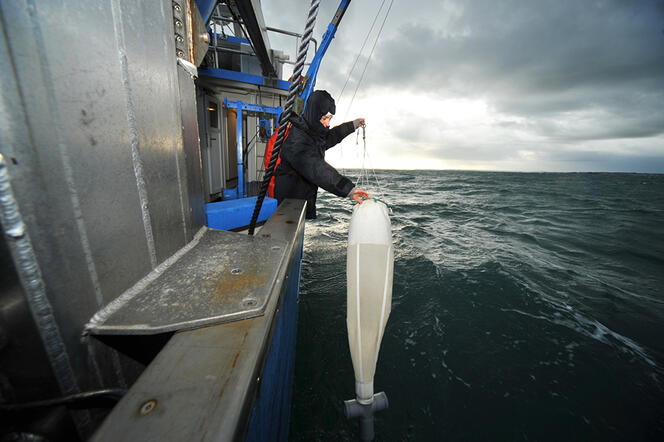
The programme will be carried out in two stages: firstly, samples will be collected at sea before their genomes are sequenced at the end of each campaign at France's Genoscope national sequencing centre, near Paris. “To be able to sequence entire genomes, which will then become reference material for each species concerned, it is vital to collect individuals of very high quality. In this respect, the Leucate mission will be a real trial run for us,” Roest Crollius explains.
“During this first collection stage in Mediterranean soft-bottom environments, the scientists will have to test the implementation of the cold chain, which is crucial in genomics,” adds Line Le Gall, who heads ATLASea's “explorations” programme, and is also scientific director of the French National Museum of Natural History's Scientific Explorations division. The onboard protocol therefore has to be extremely strict. Once the samples have been collected, the scientists will first transfer them to coolers filled with ice-cold water and then, once back on land, place them in liquid nitrogen at very low temperatures (-196°C), which is the only way to preserve the quality of the DNA that will later be extracted and sequenced at the Genoscope.
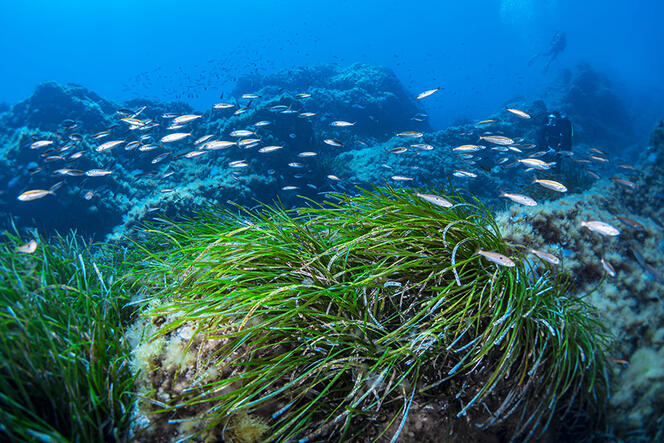
Around ten one-month ocean campaigns are scheduled over the next few years. On board the ships, the researchers will be busy collecting organisms all the way from the sea surface down to the seabed. Each time they return to port they will be met by a host of taxonomists, who specialise in the classification of living organisms. They will identify, classify and measure the samples, before storing them in liquid nitrogen to ensure they are well preserved until they are sequenced.
Preserving genome integrity
“This is the critical phase that is the most uncertain at the moment,” Roest Crollius explains. For while it is essential to reduce the time between collection and freezing as much as possible so as to preserve the integrity of the genomes, the work of the taxonomists cannot be rushed. Each sample has to be bagged and labelled with a specific barcode that carries information such as the description of the organism, its species, as well as who caught it, where and when. This is known as metadata. All this material will be recorded in spreadsheets and entered into a database.
The next stage will take place not in the field but in the sequencers at the Genoscope in Évry, where the scientists will extract the DNA from the samples, sequence it, and fully decipher the genomes of each of the 4,500 species collected. Only eukaryotes, living organisms whose genetic material is contained in the cell nucleus, will have their “genomic portrait” taken. “Overall, three quarters of our samples will be animals, mainly molluscs, crustaceans, worms and fish. The remaining quarter will include plants, fungi and single-celled organisms often grouped together under the name of protists,” Le Gall says.
To do this, the Genoscope scientists will use two so-called “third-generation” sequencing methods, Oxford Nanopore and Pacific Biosciences, or PacBio. The first can sequence very long DNA fragments, sometimes consisting of several hundred thousand base pairs. The second is based on the circularisation of DNA strands so that they can be read several times in succession during the same reaction. “It's a bit like turning an elastic band around your finger. As it rotates, the same section of the band may come into contact with your finger 10, 20, or 30 times,” Roest Crollius explains. “Coming back to our circular DNA, you can see that after a number of passes, the DNA will have been completely read and, above all, practically no sequencing errors will remain.”
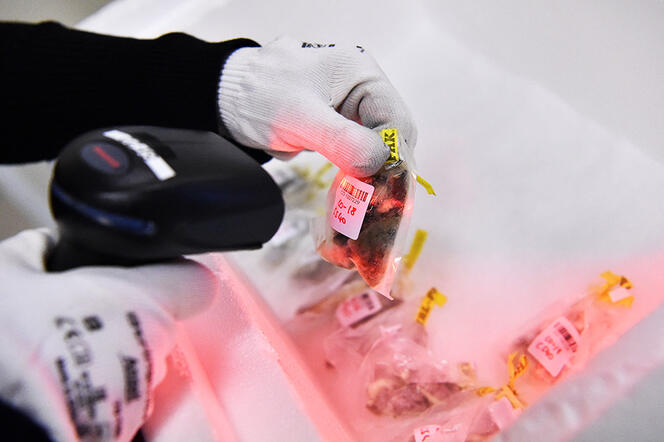
All this data should eventually form the largest genome bank dedicated to marine organisms ever assembled, and the researchers hope that it will inspire others around the world to follow suit. “Our aim is not to focus exclusively on marine biodiversity in France, but rather to build up a global database,” Roest Crollius says.
Completing the tree of life
Once sequencing is complete, ATLASea's third and final stage will be to analyse all the genomes, every single one of which contains information that is of value from both a fundamental and a practical perspective. “For every species, we will seek to identify which genes enable it to grow, feed, and survive in its environment,” Roest Crollius explains. “This is fundamental biology that will enlighten us not only on the functioning of marine organisms, but also on that of all living things.”
Another goal the team hopes to achieve is to place marine species more accurately on the phylogenetic tree, the great tree of life that makes it possible to reconstruct the entire history of evolution on Earth. “Marine species don't always fit into it very well,” the researcher points out. “The complete sequencing of the genome of each organism should help to tidy up the tree.”
On a more practical level, the genetic data will help scientists to “understand, for example, how marine invasive species integrate into their new ecosystem, and whether they are able to hybridise with resident species,” the biologist adds. ATLASea's final objective is to identify the key, hidden deep within organisms' genomes, for the production of molecules that could be of potential value in areas such as agriculture and medicine, enabling them to directly benefit from the discovery of new antifungals, pesticides and anti-cancer drugs. ♦



